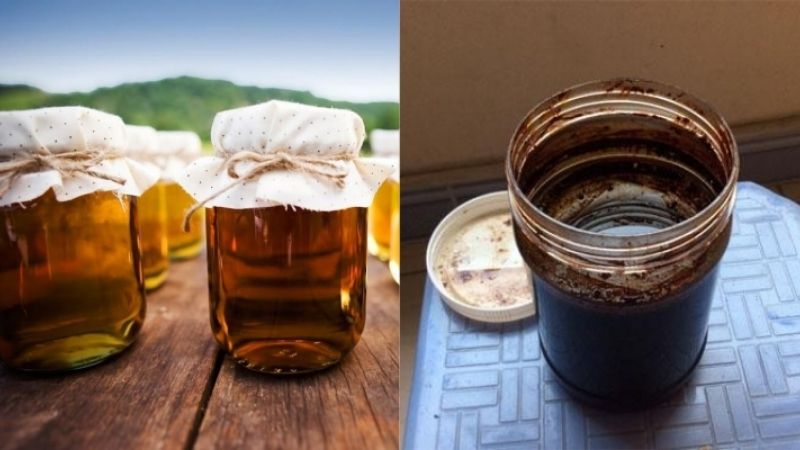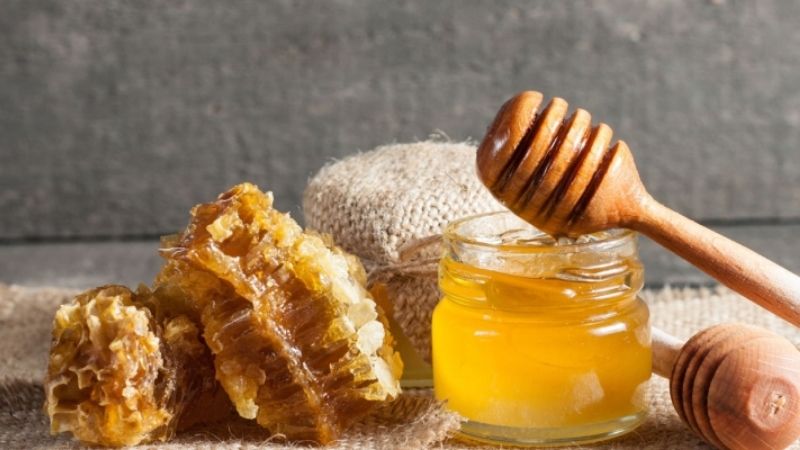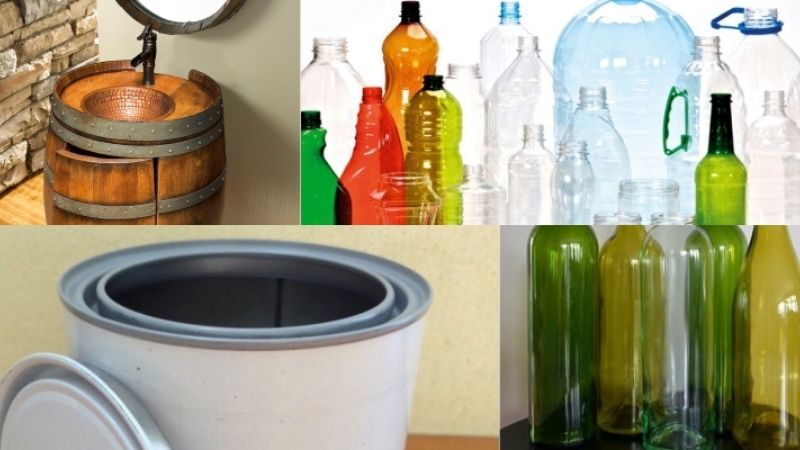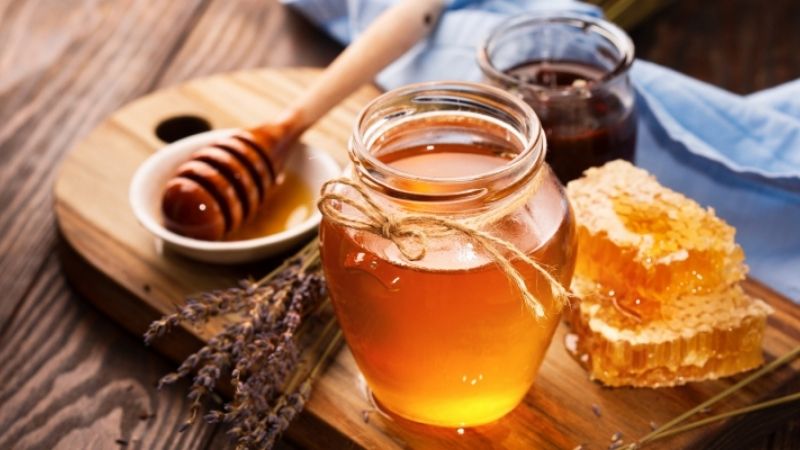1 How to Spot Spoiled Honey
Color
Fresh, high-quality honey typically boasts a golden, amber hue. As honey ages and spoils, it gradually darkens from golden to dark brown; the darker the color, the more degraded the honey is and should not be consumed.
Aroma
Fresh honey has a distinctive, pleasant fragrance. When it starts to spoil, an unpleasant, sharp, pungent odor will be noticeable.
Taste
Delicious honey usually has a sweet, mellow taste. If you detect a sour note alongside the sweetness, it indicates that the honey has started to turn bad.
 Spoiled honey has a sour taste, a darker color, and loses its characteristic fragrance
Spoiled honey has a sour taste, a darker color, and loses its characteristic fragrance
2 Best Time for Honey Storage
Many believe that honey has an indefinite shelf life and gets better with age. However, it is still a food product, and prolonged storage will result in significant nutrient loss, even if it doesn’t spoil.
For honey with wax, it’s best to consume it within six months. As for liquid honey, you can typically store and use it for up to 2-3 years.
 Best time for honey storage
Best time for honey storage
3 Storage Materials
- Wood and Metal: These are the first two materials you should avoid when storing honey. Metal can cause honey to precipitate and form harmful toxins, while wood can alter its distinctive flavor.
- Plastic: There are many products on the market made from various types of plastic. If you must use plastic, opt for food-grade plastic containers that are clean, colorless, and odorless. This is especially convenient for transportation to avoid breakage.
- Glass: Based on cleanliness, aesthetics, storage capacity, and user preference, glass is considered the most suitable option. You can use glass jars to gift honey or store it at home.
 Choosing the right storage material for honey
Choosing the right storage material for honey
4 Proper Storage Guide
Proper storage is essential to maintaining the quality and flavor of honey. Here are some key points to consider after filtering and bottling your honey:
Temperature
- Maintain a storage temperature between 21-26°C (70-80°F).
- Higher temperatures cause the honey to deform and ferment quickly, resulting in a sour taste.
Location
- Keep it away from direct sunlight.
- Do not store honey on the floor, wooden, or earthen shelves as the cooler temperature can cause crystallization.
- Avoid places with high temperatures (near the stove, oven, or microwave).
Note:
– Do not store honey in the refrigerator.
– Do not tighten the lid too much, as this can cause gas buildup and spoil the honey.
 Honey storage tips
Honey storage tips
Honey is highly nutritious and beneficial to our health, and it’s easy to incorporate into our diets. However, proper storage is key to maintaining its quality. So, keep these tips in mind when choosing storage containers and taking care of your honey to ensure it stays in its best condition.
High Demand for ‘Super Giant’ Chili Pepper Despite Expensive Cost
The talk of the town is a new breed of “giant super chili” pepper that has been making an appearance. It’s powerful heat and hefty price tag is creating an excitement as people line up in anticipation of tasting this fiery vegetable. Want to know more about this mysterious discovery? Read on to find out more!






































